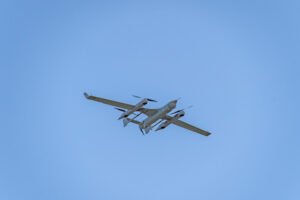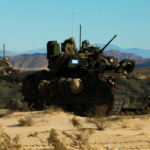
Boeing’s Insitu [BA] is offering its new Integrator EX drone for the Army’s Future Tactical UAS (FTUAS) Inc. 2 program to field an enduring capability to replace its Shadow drones, a company official told Defense Daily on Wednesday. Dave Lockhart, Boeing’s senior manager of business development of C5ISR and capture lead for FTUAS, noted the Integrator EX builds on capabilities such as the company’s RQ-21 Blackjack and is designed to meet requirements that may arise from potential customers across the…

 By
By 











